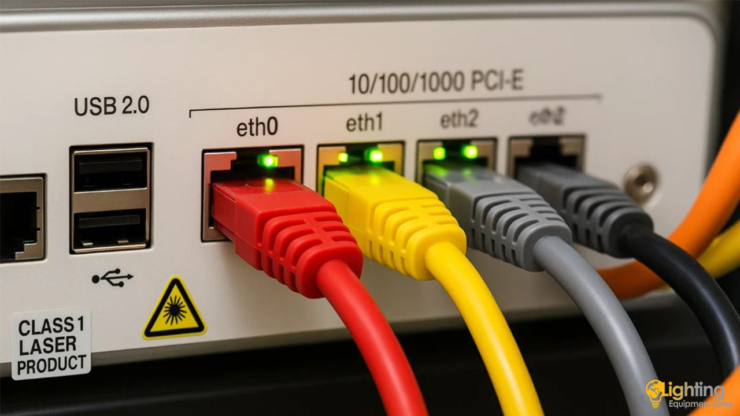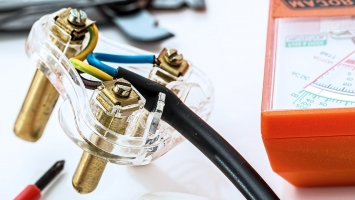
What is TCP/IP?
While browsing the internet, accessing websites, sending emails, or watching videos, everything relies on a protocol system. This protocol system is known as TCP/IP.
TCP (Transmission Control Protocol): Ensures that data reaches its destination accurately and completely.
IP (Internet Protocol): Directs the data to the correct address.
TCP/IP is a fundamental set of protocols that enables computers, smartphones, and other networked devices to communicate with each other and exchange data over the internet. In short, thanks to this system, a message sent from one end of the world can securely reach the correct recipient.
What is the Function of TCP/IP?
TCP/IP enables devices to communicate effectively over the internet and local networks. With the help of this protocol suite, computers, phones, servers, and other network devices can send and receive data from one another.
TCP guarantees that data is broken into smaller pieces for transmission, reassembled correctly at the receiving end, and arrives without error.
IP, on the other hand, is responsible for sending data packets to the correct destination. It determines which device—specifically, which IP address—the data should reach.
Whenever you visit a website, send an email, or watch a video, the TCP/IP system operates in the background. It ensures data packets are directed to the correct address, and responses from the other end are returned via the same system.
Thanks to this structure, complex internet traffic is managed in a regular, fast, and reliable manner, offering users a seamless experience for every action.
TCP/IP Model and Its Layers
The TCP/IP model is composed of four main layers, each with a distinct role in the journey of data transmission.
- 1. Application Layer
This is the topmost layer where users interact directly and perform online operations. Web browsers, email clients, messaging apps, and file-sharing software all function at this layer.
Protocols like HTTP, SMTP, and FTP are used here to transmit user requests across the network.
- 2. Transport Layer
The transport layer ensures secure and orderly delivery of data from the source device to the target device. It breaks data into smaller segments and reassembles them in the correct order at the receiving end, monitoring the data transmission process.
This layer also determines how data is sent:
TCP is used when reliability and orderly delivery are critical.
UDP (User Datagram Protocol) offers faster but less reliable data transmission.
- 3. Internet Layer
The internet layer is responsible for routing data between networks to ensure it reaches the correct destination. Its main task is to transmit data packets to their target based on IP addresses through the most suitable path.
Each device has a unique IP address, and this layer decides the route the data will take to reach that address.
As data travels across multiple networks to reach the recipient, the IP protocol performs routing operations for each packet. This allows even devices on different networks to communicate without the data being lost.
- 4. Network Access Layer
This is the lowest layer, which handles the physical transmission of data across the network. It communicates with the device’s network hardware (such as network cards, modems, or routers) to initiate and terminate the data transfer.
Technologies such as Ethernet, Wi-Fi, and MAC (Media Access Control) addresses operate at this layer.







COMMENTS
MAKE A COMMENT